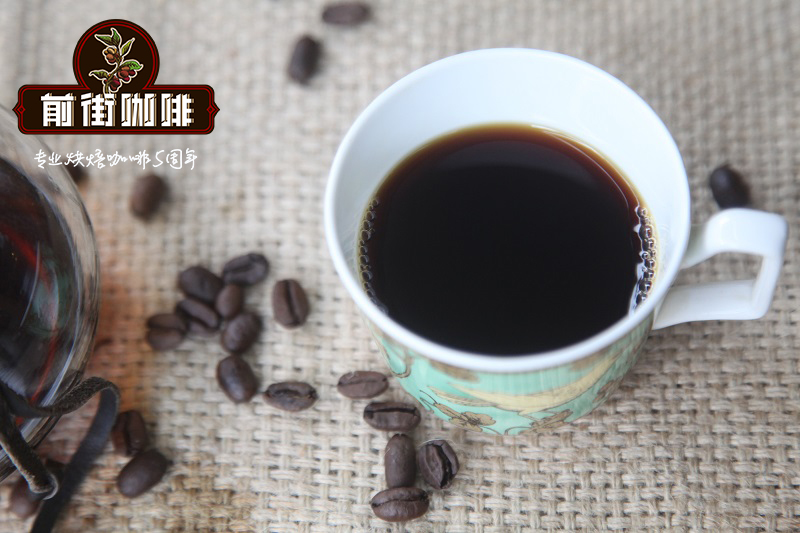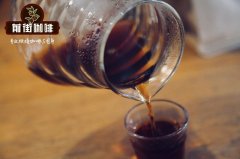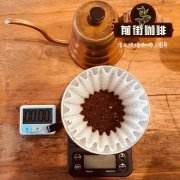How to distinguish the Origin of Honey-treated Coffee beans

Professional coffee knowledge exchange more coffee bean information please follow the coffee workshop (Wechat official account cafe_style)
Presumably the name "honey processing" itself may be a little misleading. Most people who have heard or drank honey-treated coffee beans will think that honey-treated coffee beans are aroma or a description of a taste, even if honey is added to the coffee bean processing, otherwise there are honey-like spices. As a matter of fact, there are neither of these situations, nor is that what I mean.
On the palate, in addition to the above-mentioned sweetness, yellow honey is close to the clearness and purity of washing, while black honey is close to the rich fruit aroma and rich texture of sunburn, with red honey in the middle. Of course, this is only a common description of the flavor. The degree of baking, the way it is cooked, and the terroir (local conditions or microclimate) where different estates are located will still produce differences in taste, just waiting for you to taste it carefully.
A coffee buyer who came to Costa Rica from Japan in 2003 asked for a "PULP NATURAL" (natural sticky paste) instead of traditional washed coffee. This is because two major coffee bean companies in Japan, from Italy's Illy and Guataro, use this semi-washed Brazilian coffee in their blended beans.
They want to expand the purchase option, based on affirming the quality of Costa Rican coffee beans, so they put forward the concept of semi-washing and asked Costa Rica to use semi-washing to deal with coffee beans. The results showed that the coffee beans treated by semi-washing not only had rich aroma, but also reduced the original acidity of Costa Rican coffee and improved the overall coffee flavor.
Because the mucous membrane on the surface of half-washed coffee beans feels sticky, and that stickiness feels like honey, the word "Honey" was born because it gives people a visual feel like honey.
Honey processing (Honey processed) is divided into four levels, namely white honey (White Honey), yellow honey (Yellow Honey), red honey (Red Honey) and black honey (Black Honey). Color is just a distinction, and the main difference between inconsistent colors is taste. It is worth mentioning that due to the adjustment of different cleaning degree and drying time of coffee beans, a new technology of honey treatment of coffee beans has been developed, which also makes the working method of coffee treatment enter a new milestone.
As the name implies, semi-washing must have the steps of washing with water, but the mucous membrane on parchment is not washed thoroughly and cleanly. The so-called semi-washing is actually the traditional Brazilian method of dealing with raw beans.
In terms of coffee bean color, the color of honey-treated coffee bean shell depends on the amount of mucus attached to the parchment. White honey's mucus is closer to wet-treated coffee beans because it adheres to less. The mucus of yellow honey is almost half washed, so the color is lighter. Red honey retains more mucus than yellow honey, because it is only soaked in a clean sink for one night, and then the skin is removed, and there is no real cleaning procedure. Black honey preserves all the mucus and does not wash, just peeling off the outer skin of the coffee berries. Although it has not been cleaned with clean water, black honey is still classified as a semi-washed treatment method.
Important Notice :
前街咖啡 FrontStreet Coffee has moved to new addredd:
FrontStreet Coffee Address: 315,Donghua East Road,GuangZhou
Tel:020 38364473
- Prev

Flavor characteristics of honey-treated coffee beans yellow honey red honey black honey describe how to cook coffee beans treated with honey
Professional coffee knowledge exchange more information on coffee beans Please follow the coffee workshop (Wechat official account cafe_style) some plantations that have not used honey to treat coffee beans in the past have to use the tools at hand to deal with the coffee. Since raw bean processing plants in most regions, such as Latin America, Kenya and Ethiopia, used to use water to transport coffee and raw beans
- Next

Coffee can be extracted by brewing, pressurizing, gravity, soaking and cold soaking.
Professional coffee knowledge exchange more coffee bean information please follow the coffee workshop (Wechat official account cafe_style) extract coffee: the easiest way to brew coffee is to put the coffee in the cup, add hot water, while it cools, the coffee will sink to the bottom of the cup. This is an old method, and it is still used in some parts of Indonesia. Be careful not to eat coffee at the bottom of the cup
Related
- What is the meaning of lactic acid fermentation with coffee bean treatment?
- How to judge the state of foam by sound?
- How does the latte pull out the unicorn pattern? Come to get for a little trick to improve the flower pull!
- Will flower pulling affect the taste of the latte?
- Do you know the history of coffee?
- The difference between honey treatment and sun washing what is raisin honey treatment?
- What kind of milk can a novice use to make coffee foam to keep the foam longer? The correct method and skills of milking tutorial sharing
- Why do washed coffee beans taste sour? Flavor characteristics of washed Coffee
- Introduction to the skill of how to practice the size and height of water injection around the circle of hand-brewed coffee
- How do beginners practice coffee flower drawing from scratch?

